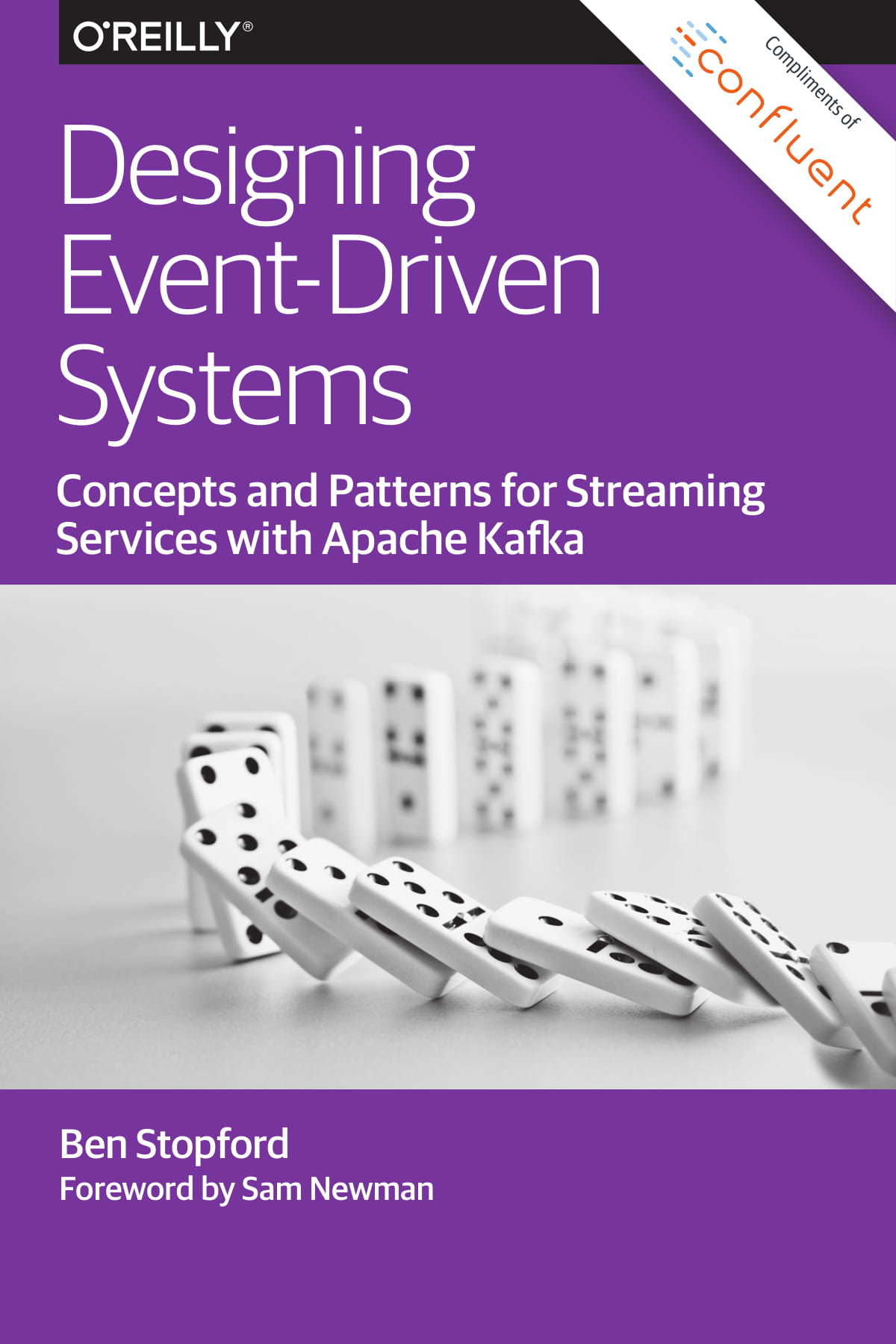What do you think?
Rate this book


166 pages, ebook
Published January 1, 2018
when a new node starts, it must load all stateful components p.52
a single repository of event data is used to feed many views, and each view can flex with the needs of that particular team. p. 91